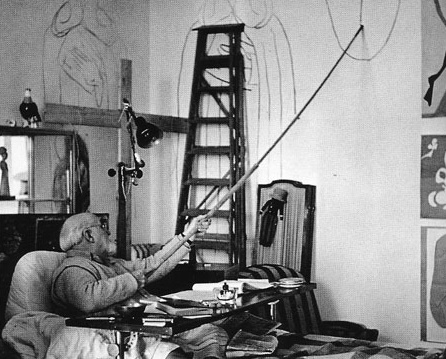The Hidden Costs of Working While Sick
This is one of our free-to-access content pieces. To gain access to all Ideas for Leaders content please Log In Here or if you are not already a Subscriber then Subscribe Here.

How does working while sick or in pain affect work performance? Through two studies, one focused on employees with chronic pain and another focused on those with momentary pain, a research team demonstrated that fluctuations in pain impacted employee allocations of energy toward their work. Specifically, when in pain, employees are more likely to withdraw from their work, while without pain, they are more likely to engage in ‘extra-role’ behaviours, going above and beyond their responsibilities.
An employee’s work usually consists of two types of tasks or behaviours: in-role tasks, which are the tasks required by the job or position; and discretionary behaviours, which are undertaken by the employee in order to help others or the organization but that are not required tasks or responsibilities.
Of course, employees are not always at their best. On some days, they want to work above-and-beyond their own responsibilities, while at other times, they seem to withdraw from their work.
While moods and emotions can play a role in the fluctuation of an employee’s engagement, levels of energy have a major impact. Potential energy is the well from which employees draw on to push themselves above and beyond. In-use energy is the energy it takes to complete a task, right now. If employees have a depleted source of potential energy, they are less likely to be motivated to go above and beyond their duties. On the other hand, personal engagement in work is a reflection of high in-use energy.
What causes energy to be depleted? Somatic complaints, which are specific physiological experiences such a nausea or pain, can be a major cause. New research based on two studies focused on pain showed how dealing with pain takes energy, energy that cannot then be deployed toward work. The first of the two studies focused on chronic pain, examining the daily experiences of a sample of office workers. The second study included a wider population and was focused on momentary pain, such as a headache.
The goal of the studies was to see how pain affected employees’ energy and, as a result, their work. The studies show that because pain takes energy, employees in pain had less energy to focus on their jobs. As a result, they would avoid discretionary tasks, such as helping others, and instead withdraw to focus only on accomplishing what they were required to accomplish. Because pain, even chronic pain, ebb and flows, the studies show that when the pain is low, employees would become more engaged and more helpful to others.
The research also revealed that sufferers of chronic pain can learn to adapt and function in their daily jobs despite the pain.
In sum, somatic complaints have workplace consequences. For many companies, these consequences are limited to absenteeism and attribution — easily observed and easily measured events. However, there are hidden costs to somatic complaints that are not as evident. Employees in pain might be in the workplace and attempting to ‘soldier on’, but in truth their productivity is taking a hit, simply because they don’t have the energy resources required to do their jobs properly — and certainly no energy to be proactive and help other people.
Current sick-leave policies push employees to ‘work sick’. Employers may feel that this is beneficial to the business — less absenteeism — but in truth the employees at work are less engaged and less helpful.
Maximizing human capital is not just a function of putting bodies in the workplace. To truly maximize human capital, companies need to pay attention to employee health on a daily basis. Suggested steps for employers include:
Most employees want to remain engaged and proactive in their jobs. Help them to do their best on both bad and good days.

Ideas for Leaders is a free-to-access site. If you enjoy our content and find it valuable, please consider subscribing to our Developing Leaders Quarterly publication, this presents academic, business and consultant perspectives on leadership issues in a beautifully produced, small volume delivered to your desk four times a year.

For the less than the price of a coffee a week you can read over 650 summaries of research that cost universities over $1 billion to produce.
Use our Ideas to:
Speak to us on how else you can leverage this content to benefit your organization. info@ideasforleaders.com